Posted : March 17, 2020
Our blog is chock full of great ideas for fun things to see and do in York Durham and Headwaters. We are always adding new content and updating old posts, but sometimes you might stumble upon something from our vault. If this article has inspired you to hit the road, be sure to double-check that the featured stops in this post are still welcoming visitors.
When I was just a little boy, I would go hiking and was simply amazed that Mother Nature had so generously placed clearcut trails where one might walk. “How kind,” I thought, as I trounced around the forest. Naturally, it wasn’t long after when it struck me that, in fact, these immaculate trails were actually built on the backs of hard working individuals. These trails were groomed by people who were charged with the task of taking care of these lands, as well as the volunteers who gave up their time to ensure others enjoyed what they knew to be worth enjoying.
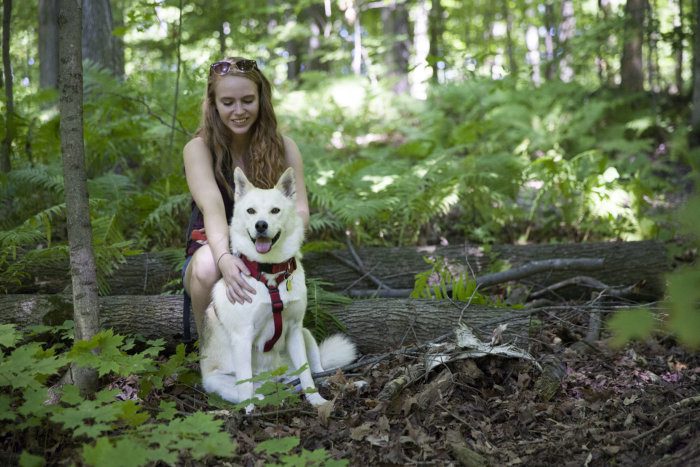
In Ontario, it’s ironic that, in many ways, our love of nature, a place we often associate with reclusivity, is actually such a breeder of community.
If there’s one place that understands that notion first hand, it’s the Bruce Trail, the oldest and longest continuous footpath in Canada. The Bruce Trail is broken up into nine sections, each with their own club and sense of community, which makes sense since the Bruce Trail’s main trail extends for about 900km, and their side trails another 400km. The community buy-in on the Bruce Trail is massive, with over 10,000 members, and nearly 1,500 volunteers.

In many ways, the inception of the Bruce Trail back in 1960 set the precedent for such community involvement. Back in 1960, four gentlemen envisioned a footpath spanning the entire Niagara Escarpment, and by 1963, after a lot of door knocking and smiling, regional clubs had been established. One thing to note here is that they needed approval from many private landowners, and these individuals allowed the trail to run through their property for the betterment of the community. In fact, today there are still 700 hundred privately owned properties on the Bruce Trail.
Finally, in Tobermory, in 1967 (Canada’s Centennial Year), the Bruce Trail was officially opened.
In trying to get a better picture of the Bruce Trail today, I caught up with Brian Popelier, a Land Stewardship Coordinator with the Bruce Trail. Right off the bat, I put him on the spot when asking him what the most picturesque part of the trail was and, quickly, he stated, “I can’t be biased, the whole trail is beautiful!”
Brian’s love for this place was infectious, which was evidenced when he stated, “In southern Ontario, where else can you walk almost on the edge of the cliff and get those views of Georgian Bay and Lake Ontario? From Grimsby, on a clear day, you can see the Toronto skyline.”
He also noted what I knew to be true – that the Bruce Trail was a beacon for community involvement. “A lot of volunteers are retirees, it’s a huge social thing to get out there and hike, but also to do all the trail maintenance,” he said. “It’s all about the volunteers.”
Not unlike the Bruce Trail, the Credit Valley Conservation has similar, community based aims. Jamie Williams, a Marketing and Communications Specialist with the CVC, summed it up perfectly when commenting that the CVC is “trying to preserve nature, but while people are enjoying it.”
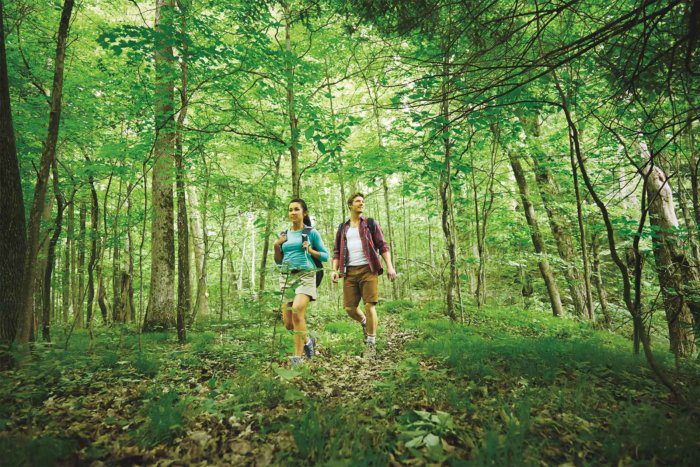
The CVC was established back in 1954, with the intent of ensuring the region’s water, land, and natural habitat are preserved and taken are of. One of their primary mandates is ensuring that people are able to appreciate the 11 conservation areas under their jurisdiction. There are three areas in particular that you should keep your eye on in the warmer months as a place to bring the family, or even just go explore on your own, and enjoy the warm breeze.
Firstly, the Terra Cotta Conservation Area, on the Niagara Escarpment, is a prime spot for nature photographers and bird watchers, as they’ve got a variety of hiking trails. However, if you’re looking to try something different, think about doing some yoga or Shinrin Yoku (forest bathing), which is provided by an organization called “Humans in Nature.” Sandy Camplin, a Senior Coordinator, Conservation Parks for the CVC added some insight when noting, “It’s one of those most passive natural areas. It doesn’t get insanely busy, so it’s a beautiful quiet spot where you feel like you’re on your own.”
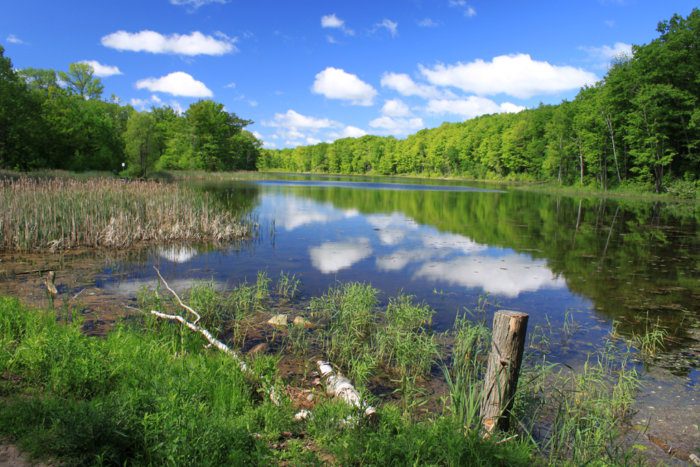
Another spot to consider is Ken Whillans Resource Management Area and, interestingly enough, parts of the Bruce Trail actually runs through this area (and Terra Cotta as well). Ken Whillans is known for its fishing opportunities, as they have a rainbow trout pond there that’s flourishing in the warmer months. “It’s a great place for beginner fishermen who want to try it out. We do rod rentals and its stocked with rainbow trout,” Sandy noted. It’s also worth noting that this area is right off Highway 10, and very easy to access.
Finally, not far from Orangeville is Island Lake Conservation Area. It is, simply put, a man-made reservoir that has become something of a natural oasis. I’d recommend having some fun and renting a paddleboard, or an electric boat. Fishing is also very popular here, as they have a variety of fish such as Black Crappie, Yellow Perch, and Northern Pike. Families should take note of the fact that both Island Lake and Ken Whillans are part of the Tackle Share Program, which essentially provides rods and tackles for free, and is targeted towards those learning to fish. It’s an ideal situation for families!
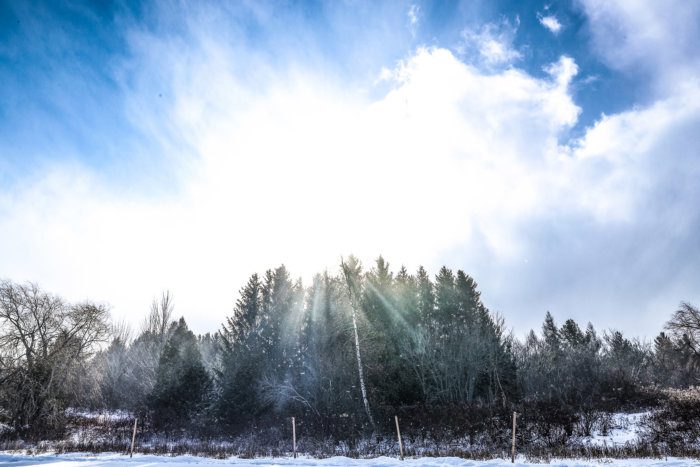
As with the Bruce Trail, a lot of these places and programs run smoothly because of community support, with each site having a strong buy-in from their surrounding local area.
In terms of their mission, the Bruce Trail states definitively that their goal is “preserving a ribbon of wilderness, for everyone, forever.” The first time I read that, I reread it five times. What a remarkable, impassioned stance to take.
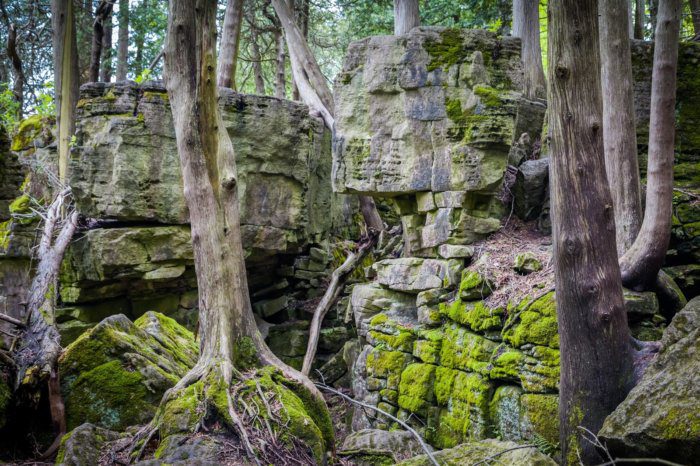
To me, it’s emblematic of what the Bruce Trail and the CVC stand for – the idea that we all must do our part to love this land, so that future generations can do the same. That we need to get out there and be a part of nature, but also do our part to preserve it. It’s the understanding these places deserve to be in our collective hearts, and we’re blessed with endless opportunities to truly and completely cherish them.
Written by: Christopher Mitchell
– Christopher Mitchell is a Toronto-based freelance writer and blogger, and you can follow him on Twitter,Instagram, or Facebook.